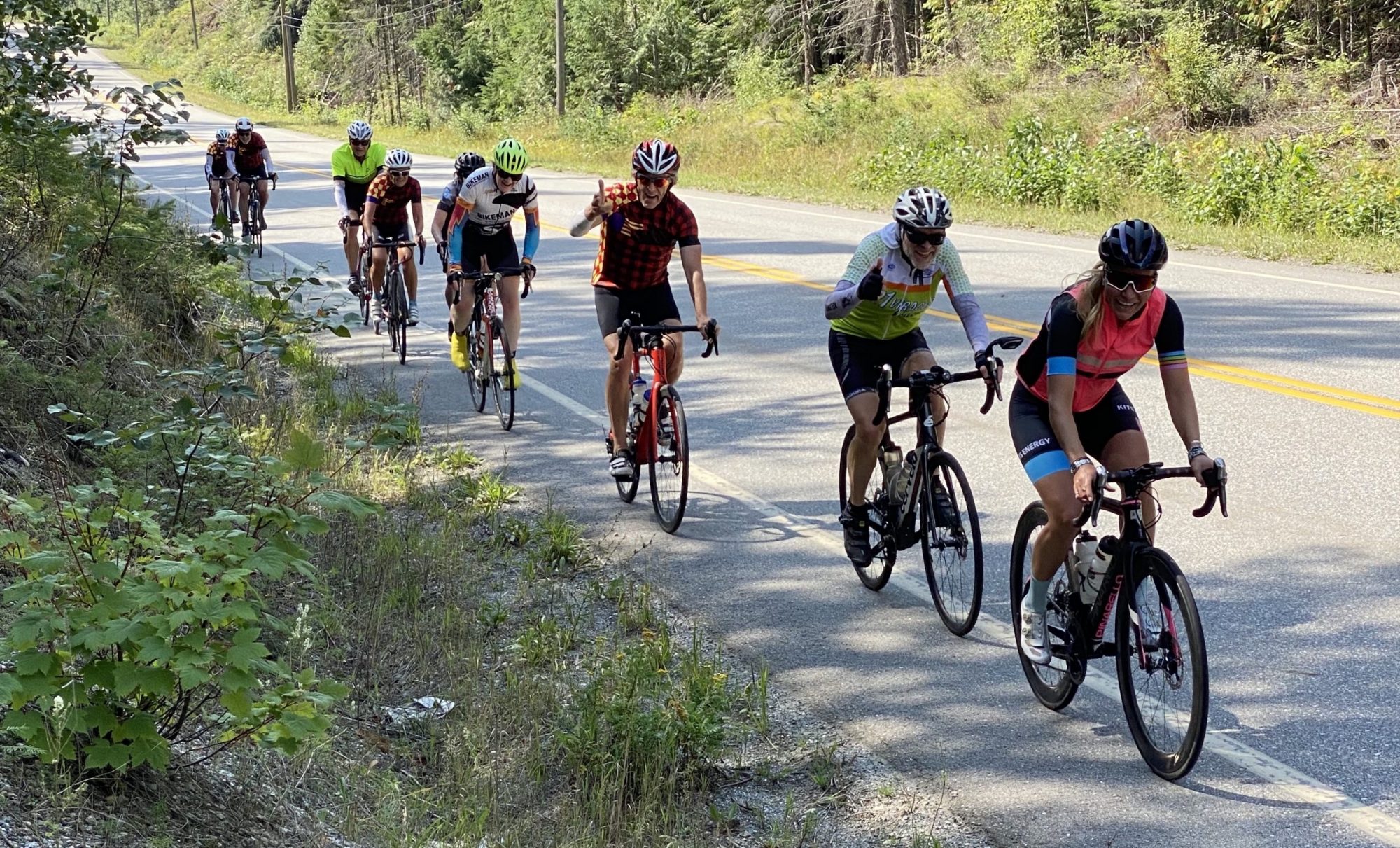Can’t hurt to review this: Click here to show the article!
No Meat Cycling
As if I am not proof enough 🙂 read this review to see that it is possible and how to do it. I hope more people will jump on it, for our environment and animal welfare.
A very good review for every cyclist …
This is a good reminder for every cyclist: Bikesense
5 ways to improve bike handling
Some good suggestions here …
Know How to Ride a Paceline
Due to recent events, we thought it would be an appropriate time to review the “art” of riding in a paceline. This should only ever done if you are comfortable riding close and trust the people around you. Please review the summary below (by one of our members). Please remember: If you want to join the Beez and Saturday rides, we expect you to follow the riding rules so that you and the other riders around you are safe at all times. That includes knowing hand signals, keeping your bike tuned and working well as well as respecting the car traffic around us.
One BIGGIE 😉 is passing etiquette. As a reminder: NEVER ever pass on the right. No exceptions. There might be space but it is never safe as the rider you are passing might have drifted to the left to avoid obstacles but always assumes that he/she can use the space to the right. If there is traffic coming from behind, you will have to wait to pass. Even when we are on quiet roads or people are chatting or getting ready to stop, NEVER EVER pass on the right. You might want to communicate that you need space to pass but riders will not expect you coming up on their right.
Here is the paceline summary (response to one rider’s comments):
“I was interested in your understanding of the protocol of riding in a paceline … interested and concerned, because some of your ideas are fundamentally opposite to the protocol that is followed by local riders, which is scary because I , or one of my friends, may be riding in a pace line with you some day soon, and if we are not all on the same page, chaos will result.
Attached is a link to an article which describes the procedure for the lead rider to follow when relinquishing the lead in a pace line: To peel left, decelerate, and allow the following riders to pass on the right. Left unsaid in the article, but understood among locals, is that you should signal your intention to give up the lead in advance: Usually with a flick of the arm, along with a check for traffic, and then the move to the left and decelerate,which allows the other riders to move past you on the right.
The article also mentions that you should not focus on the wheel ahead, but should be looking ahead of the next rider, so that you can anticipate and react to traffic and other conditions that are developing ahead of the pace line leader, which would obviously allow you to see the leaders signal , and take appropriate action.
Michael will be the first to acknowledge that he and his cycling buddies ride a “raceline”, not a paceline, and their usual procedure is for the leader to stay in front, and not relinquish his position until he starts to tire and slow down, at which time those following attempt to pass him on the left. This procedure is ok, but only as long as every participant in that group knows what is happening, and buys in.
But it is important to realize that this “raceline” procedure is fundamentally contrary to the paceline procedures followed by the cycling community at large, and that it is inherently dangerous to introduce that procedure into a normal paceline.
http://www.randonneurs.bc.ca/toolbox/paceline.html ”
Another great article on Group Ride Etiquette is found here.
Improve Cycling Efficiency and Cadence
Useful article including suggestions for drills: Click here!
10 Secrets to Conquering a Monster Hill
Power Meter or Heart Rate Monitor?
Big difference in price … read here what to consider.
I KNEW IT!!!
So I have been correct all these years …. 😉 haha. Eat Chocolate!!!
If you want to keep up with Michael …
… work your core 🙂 Read more here …
